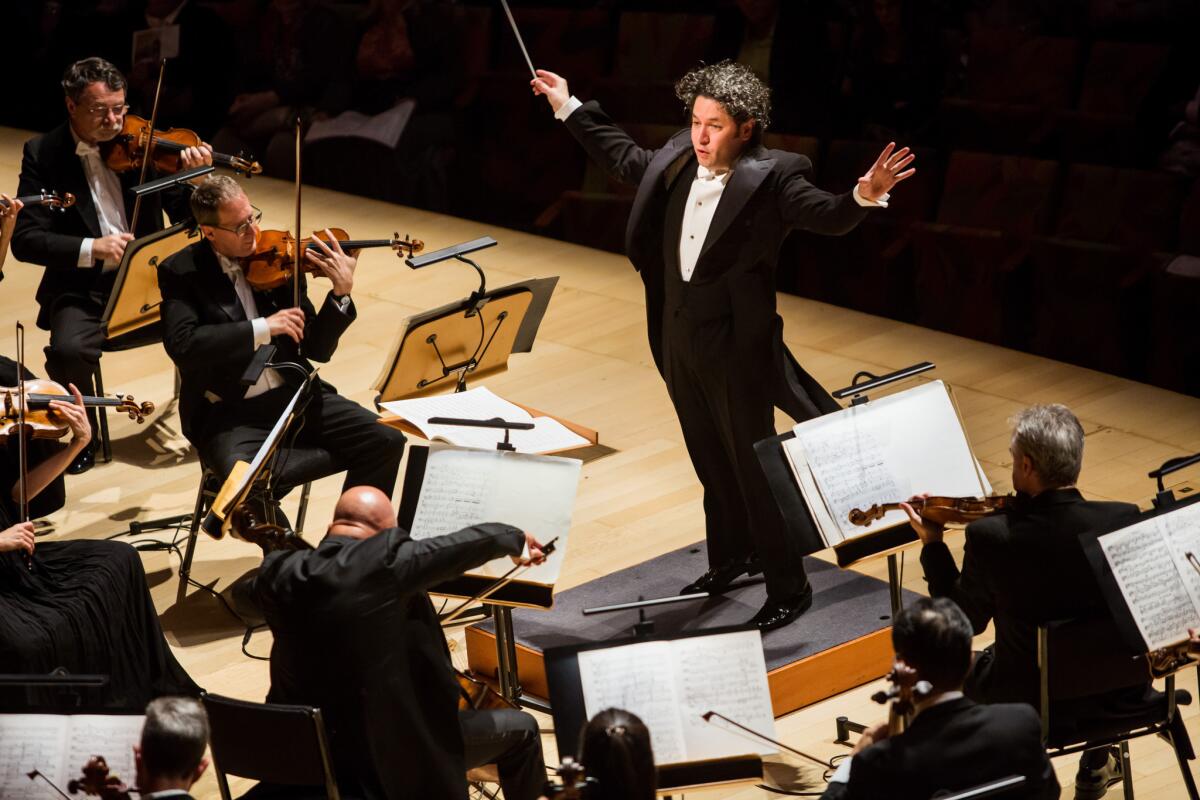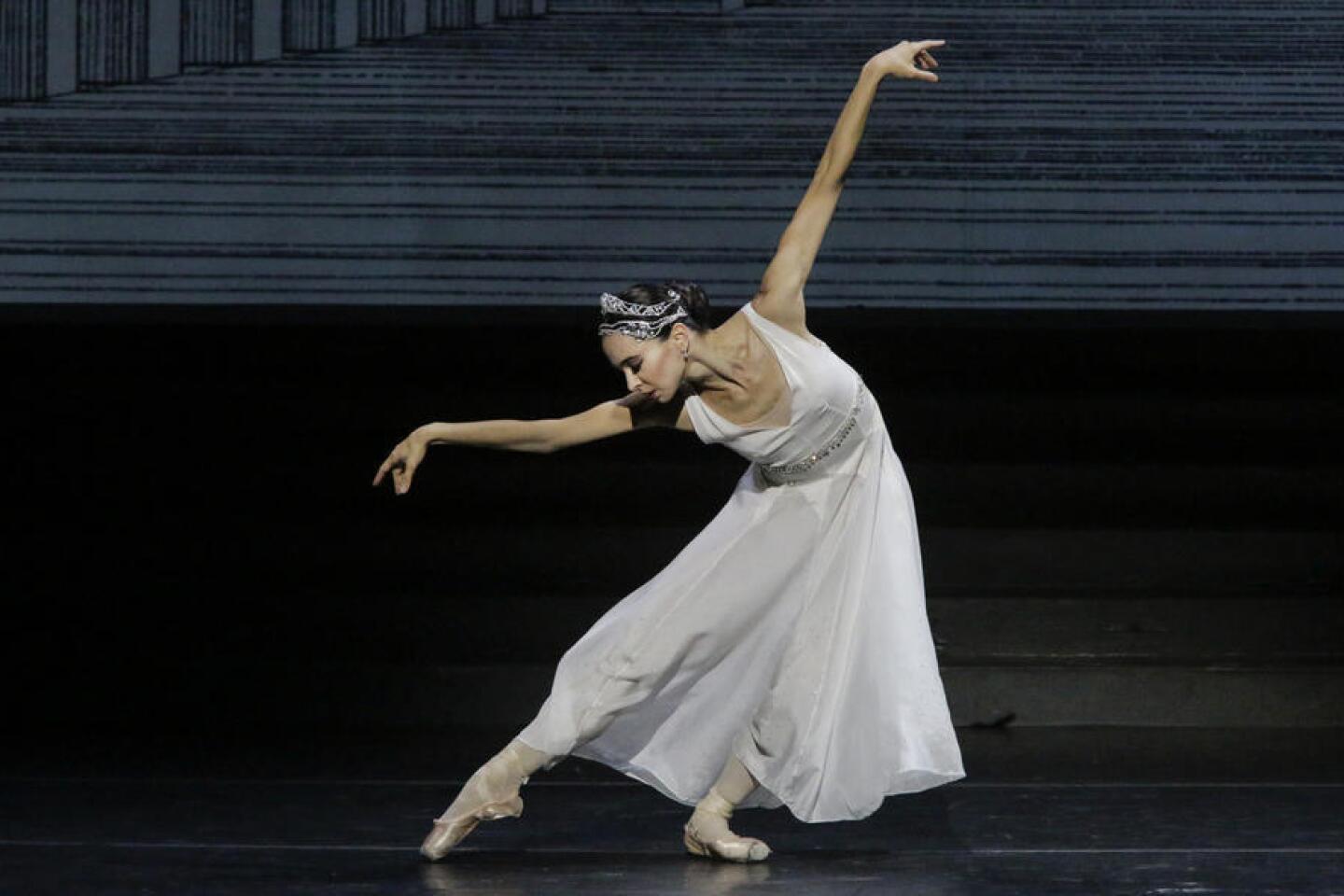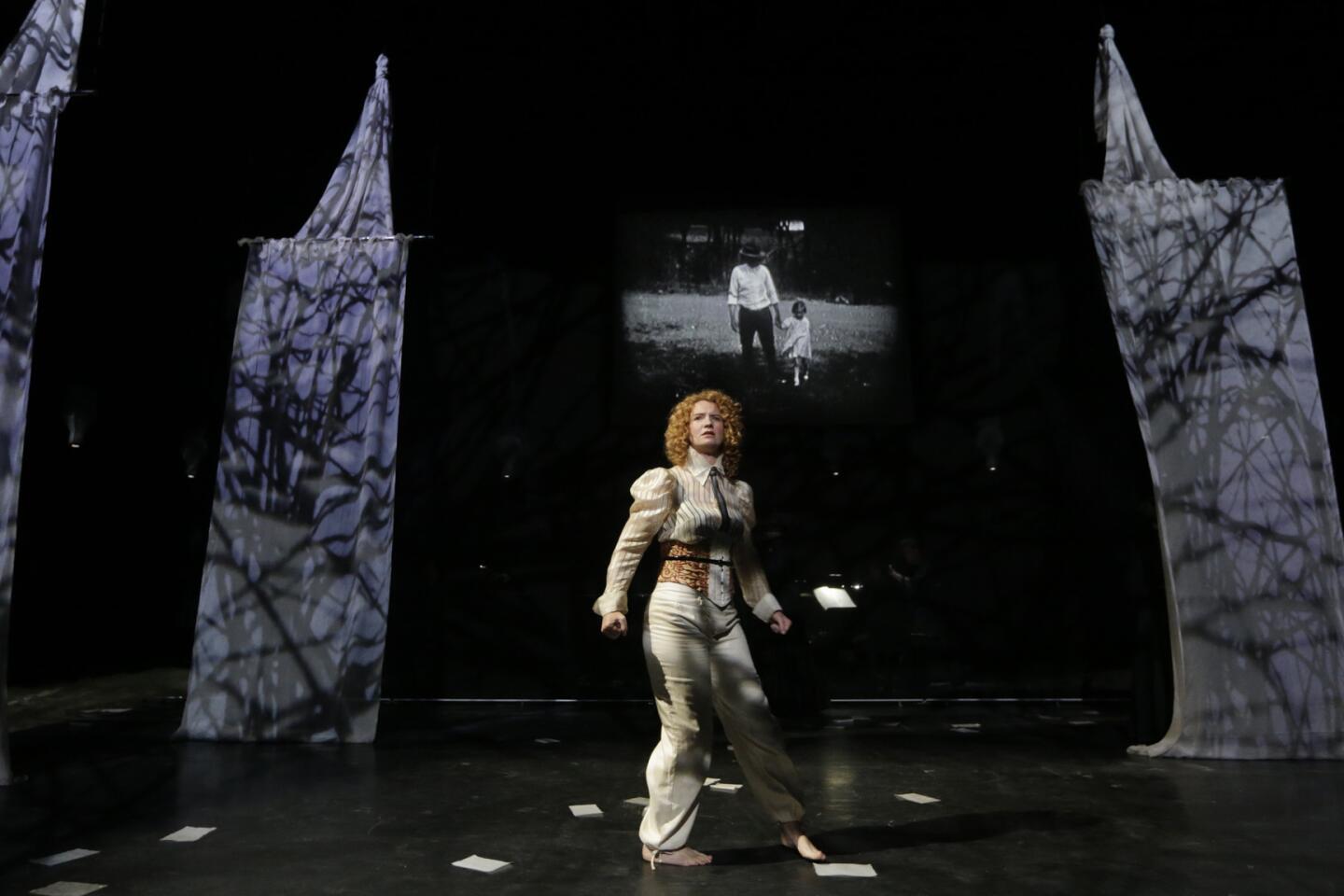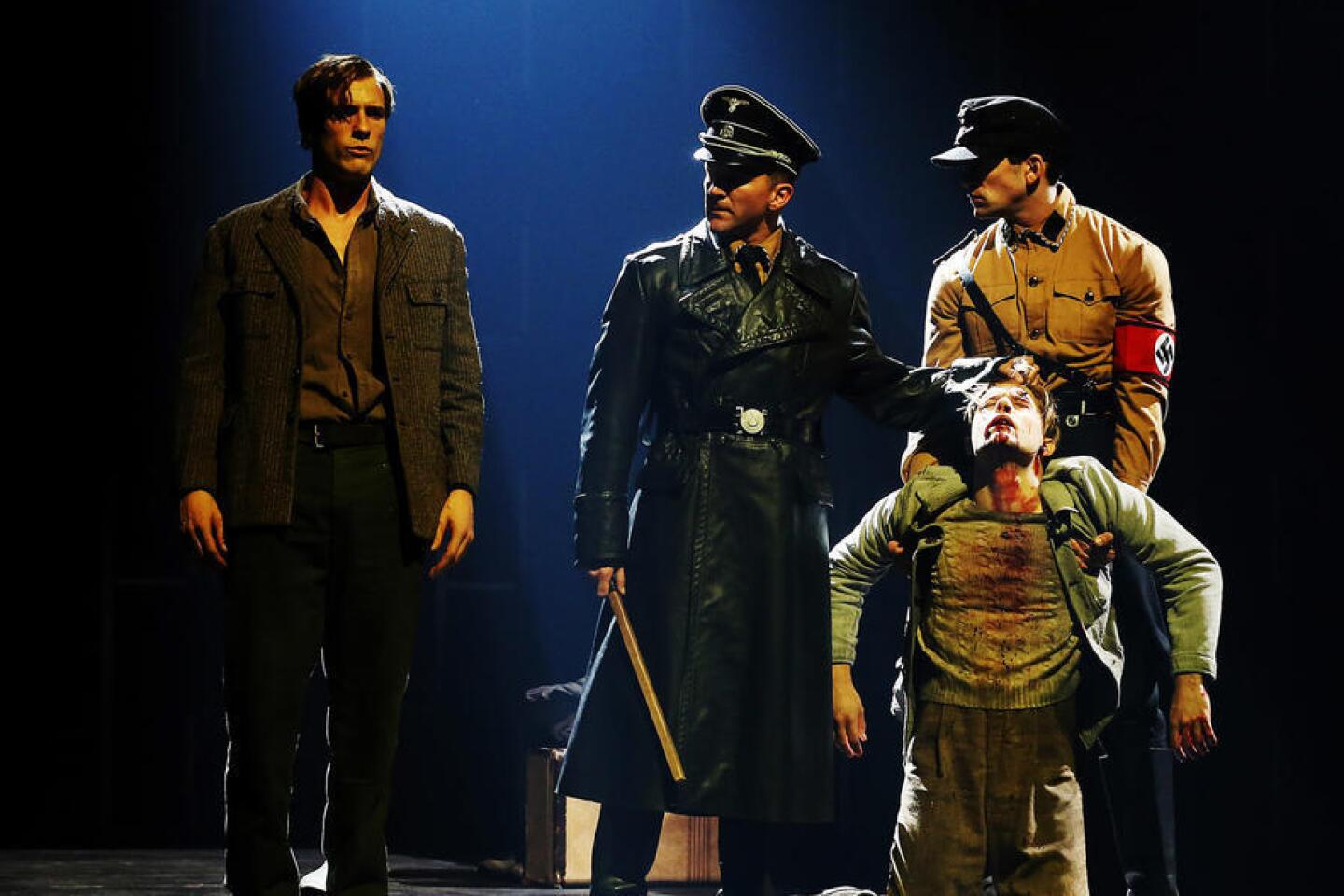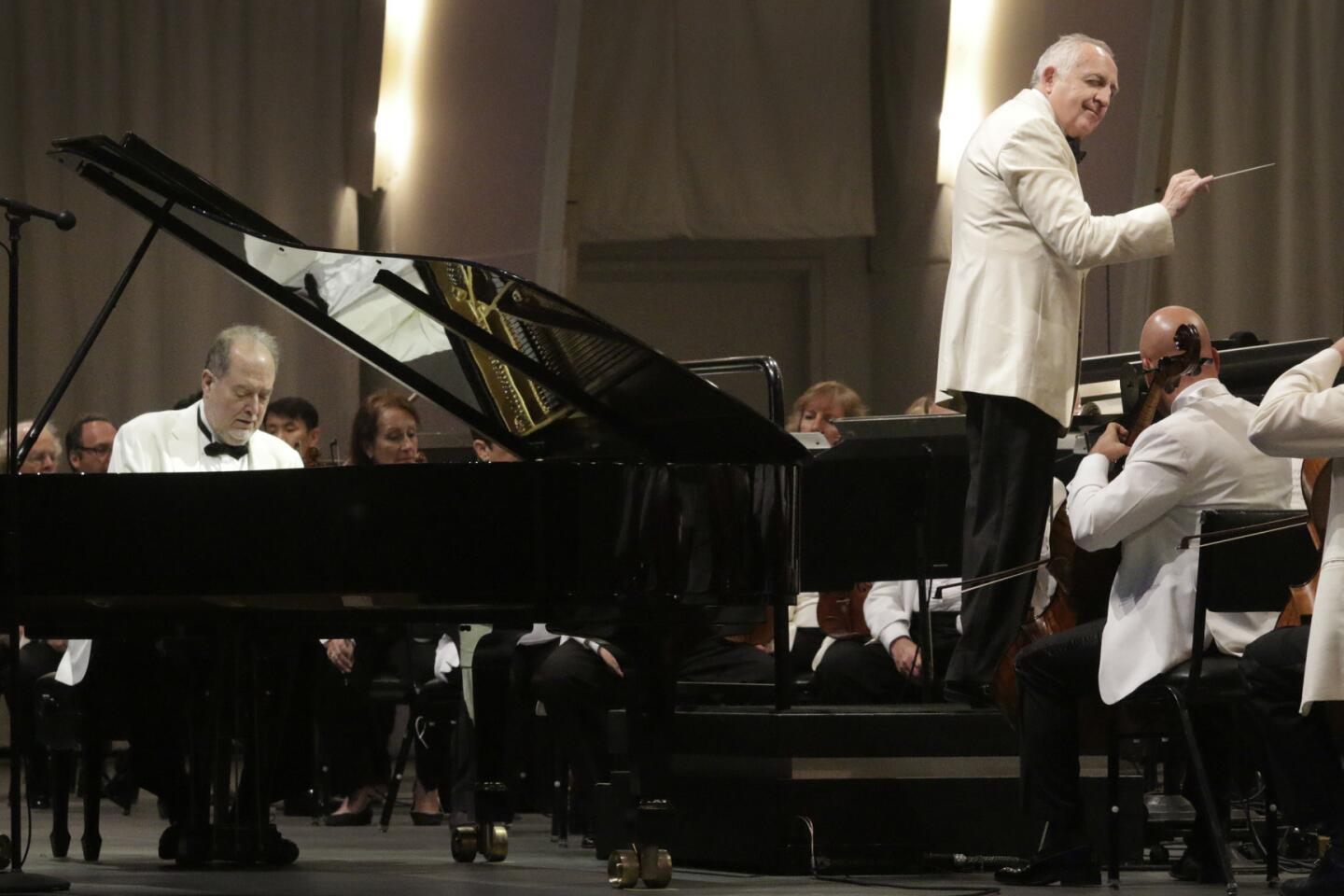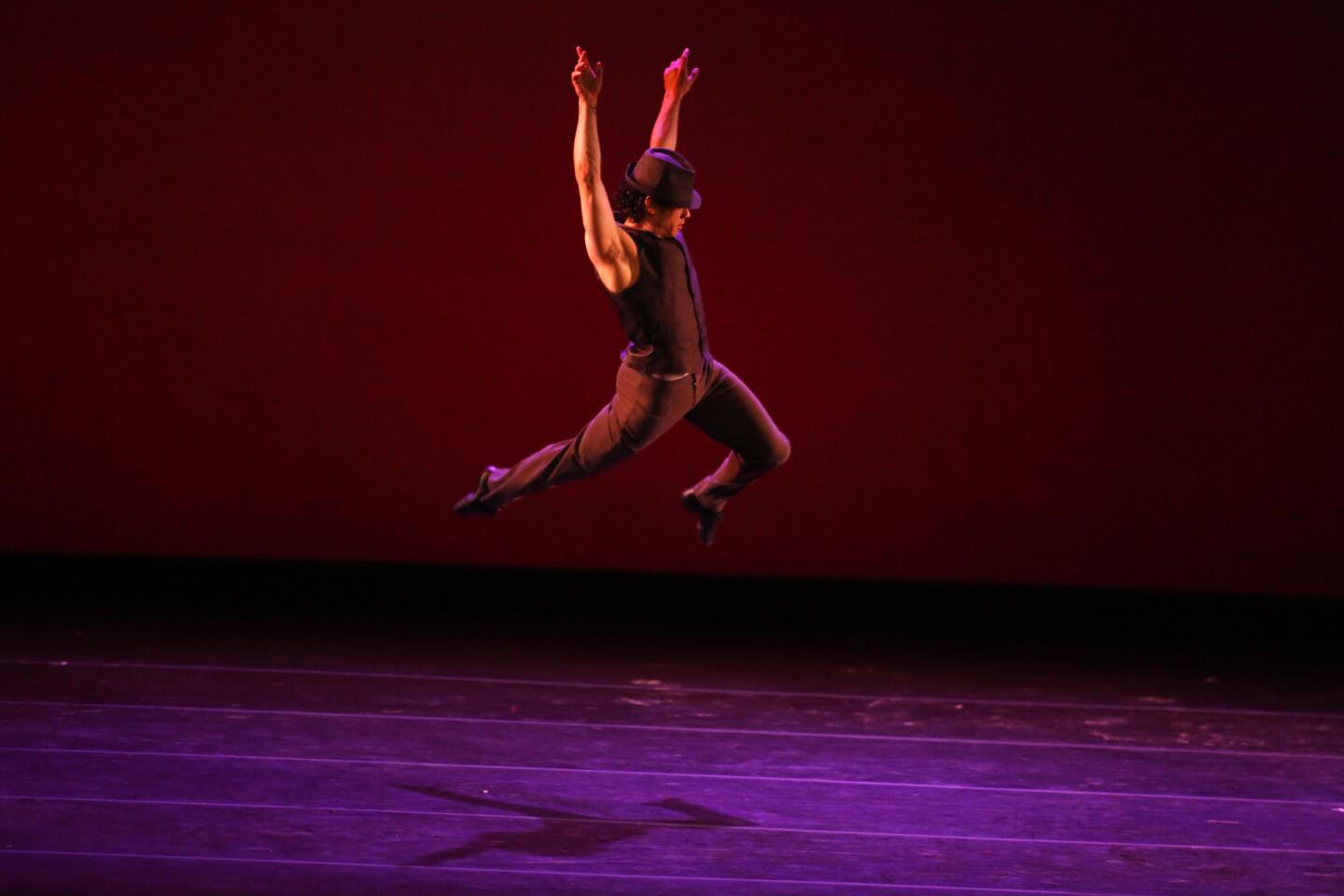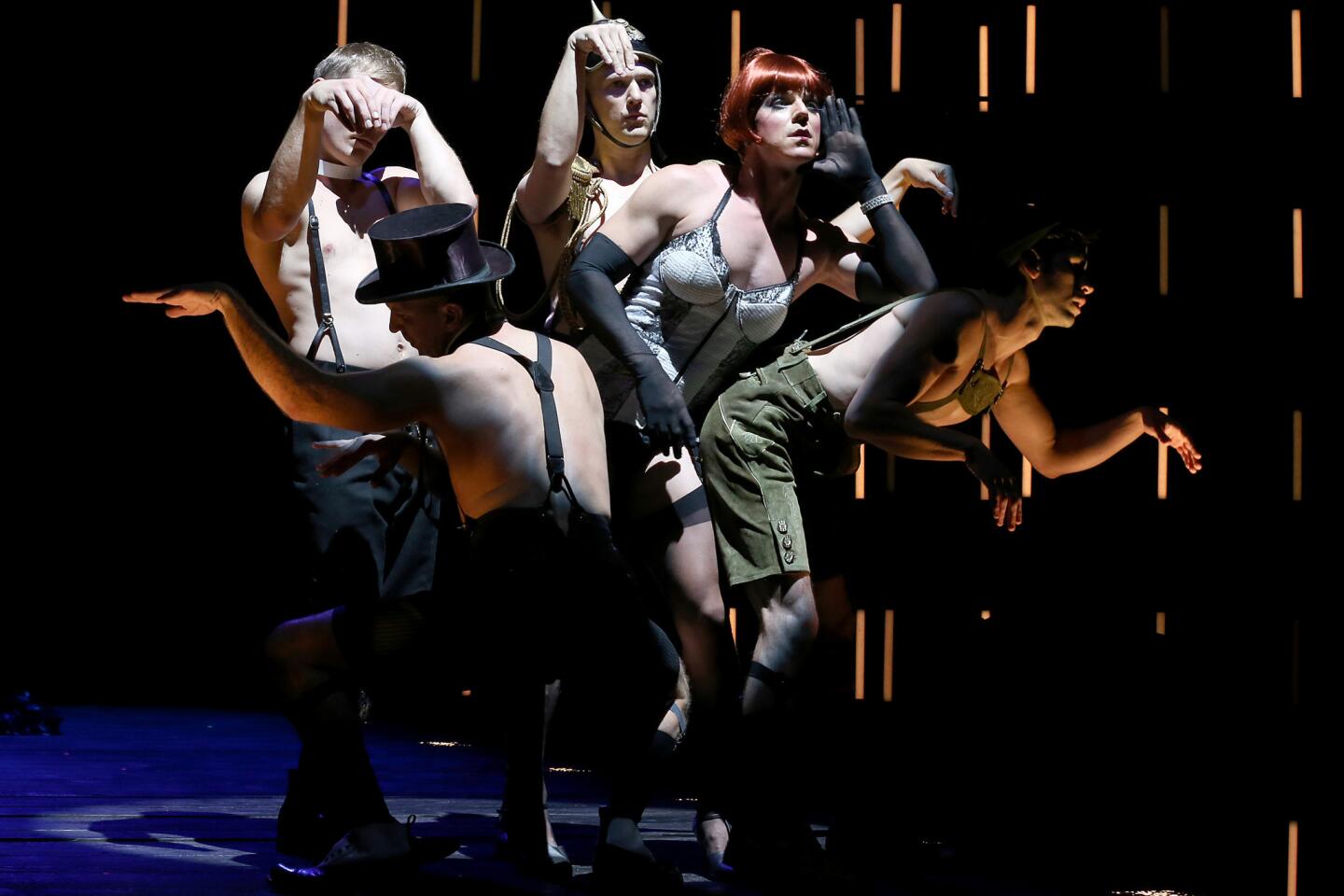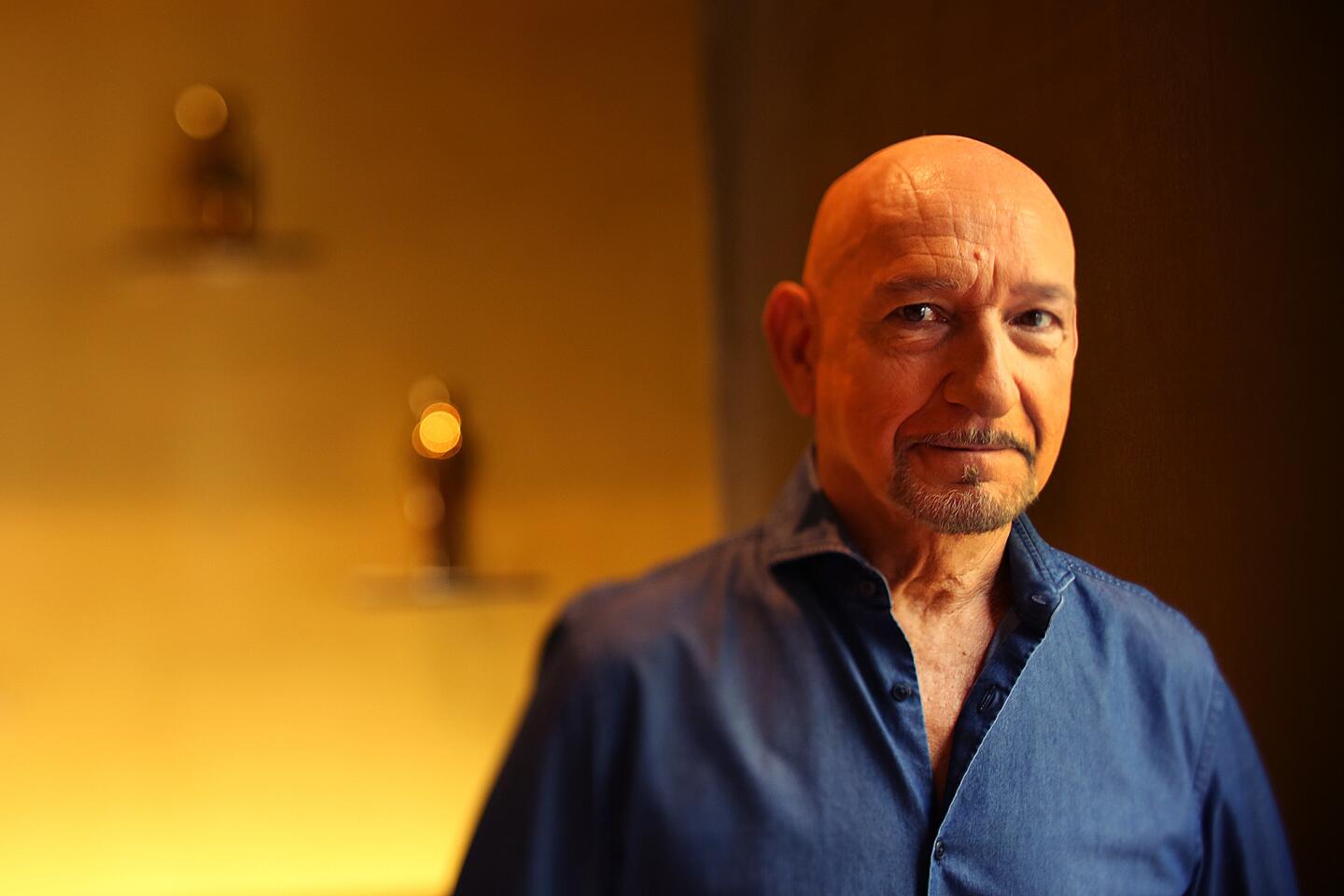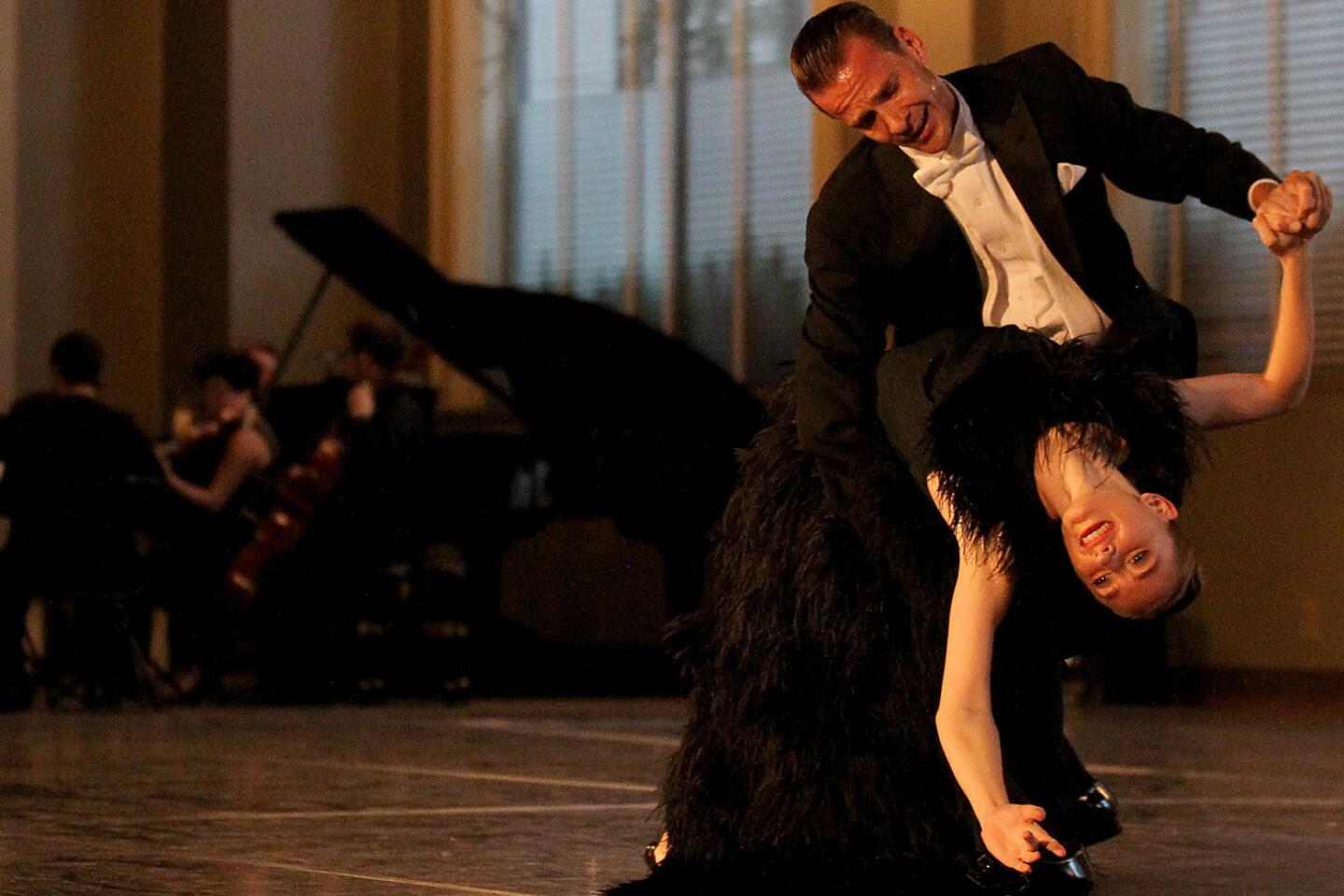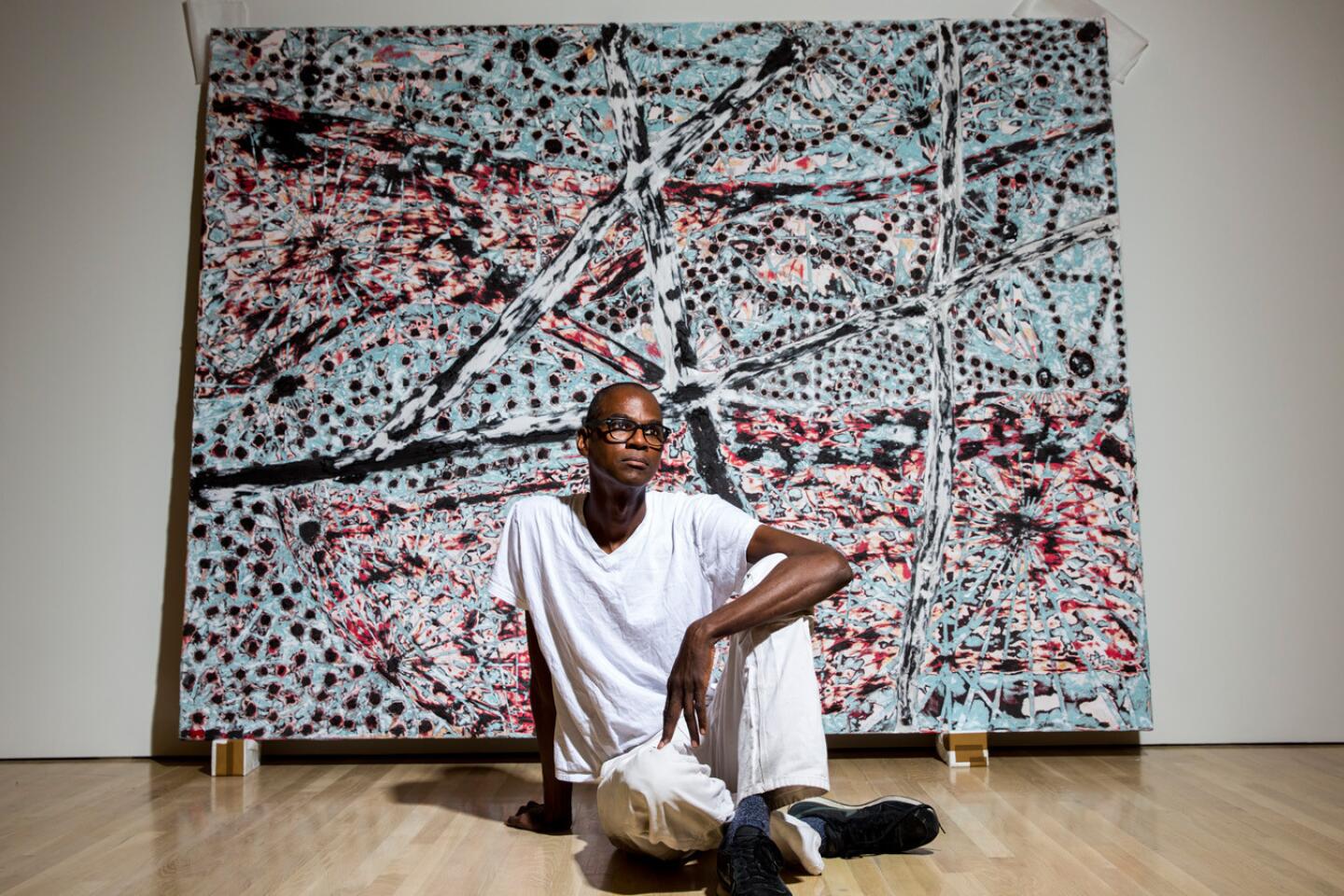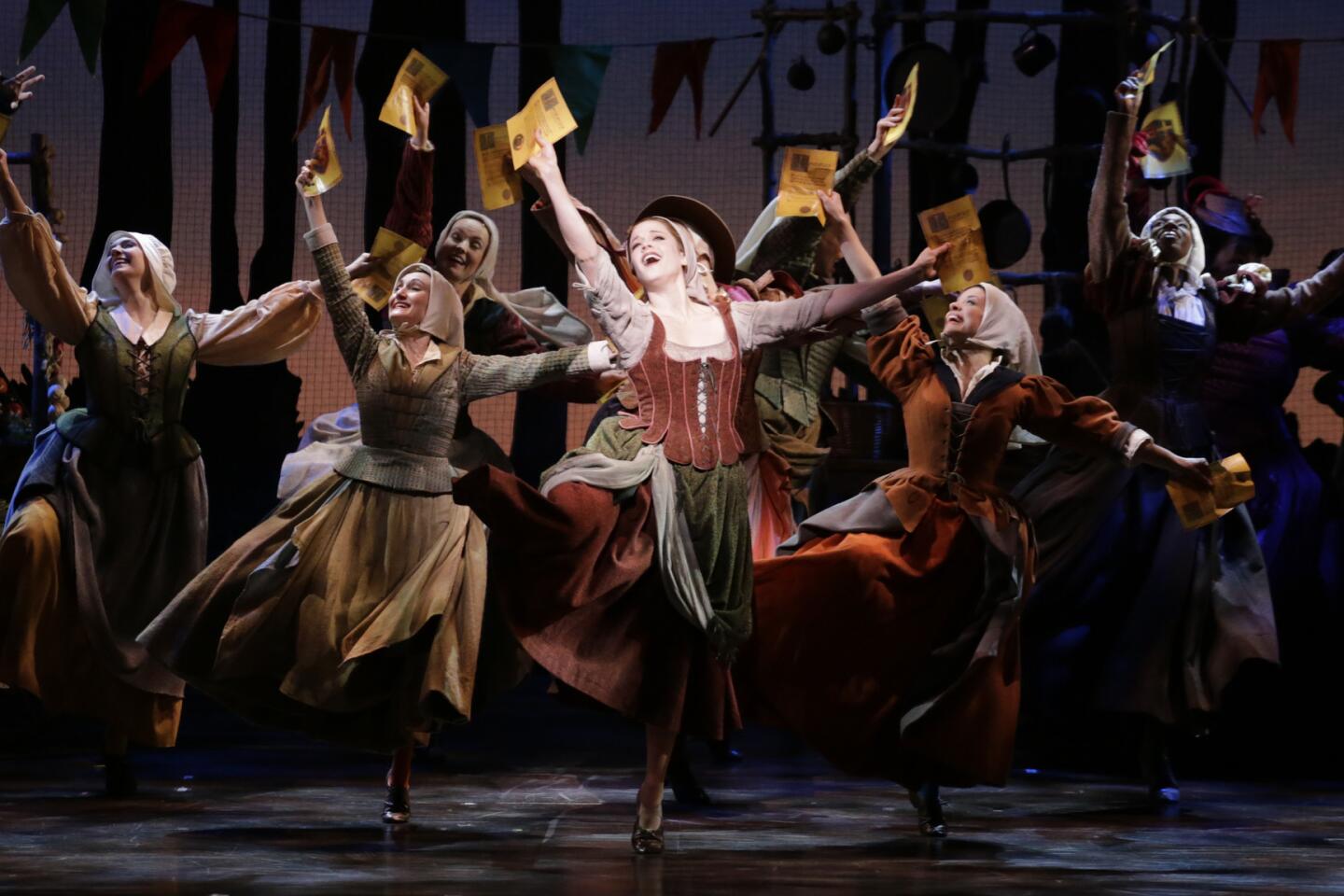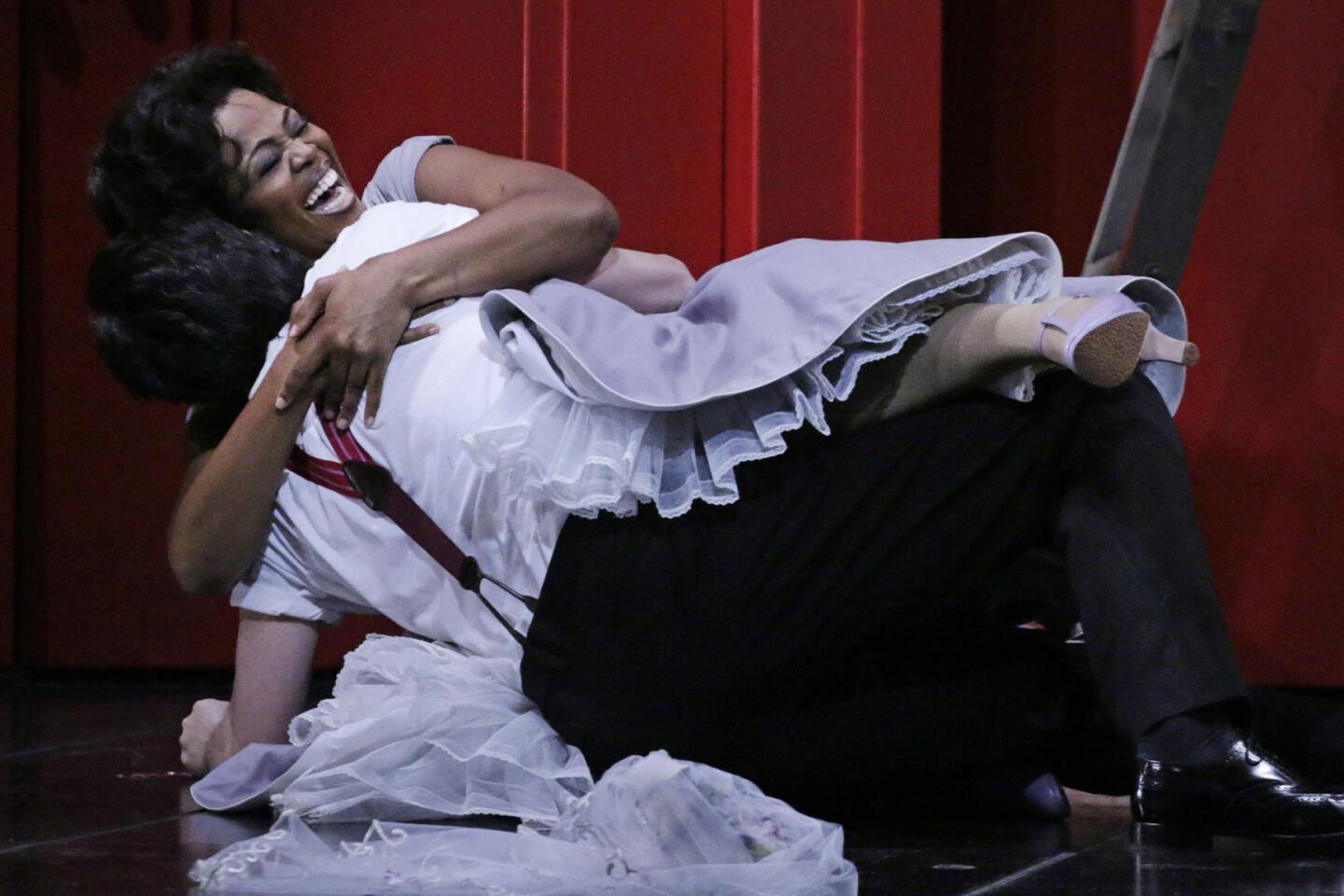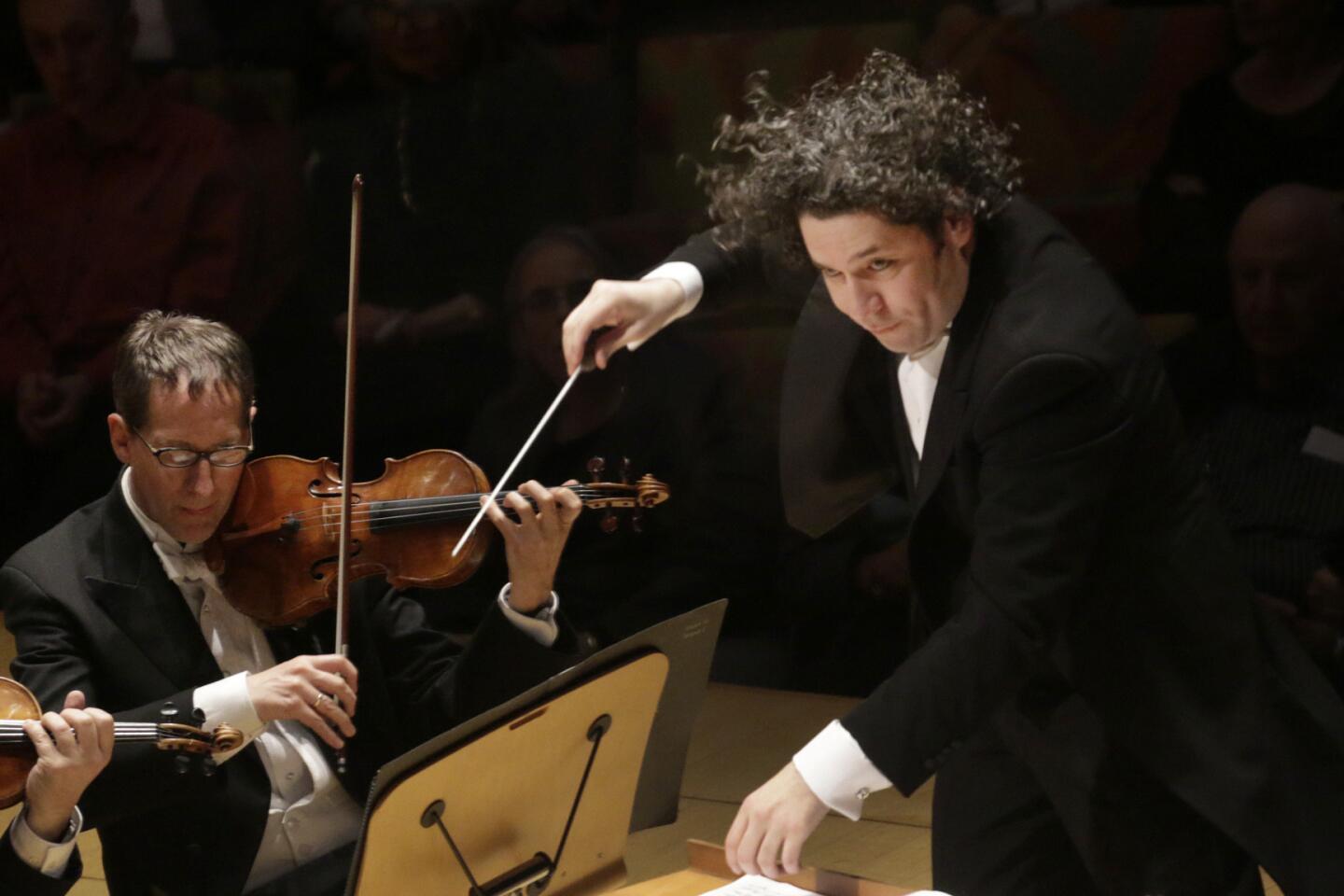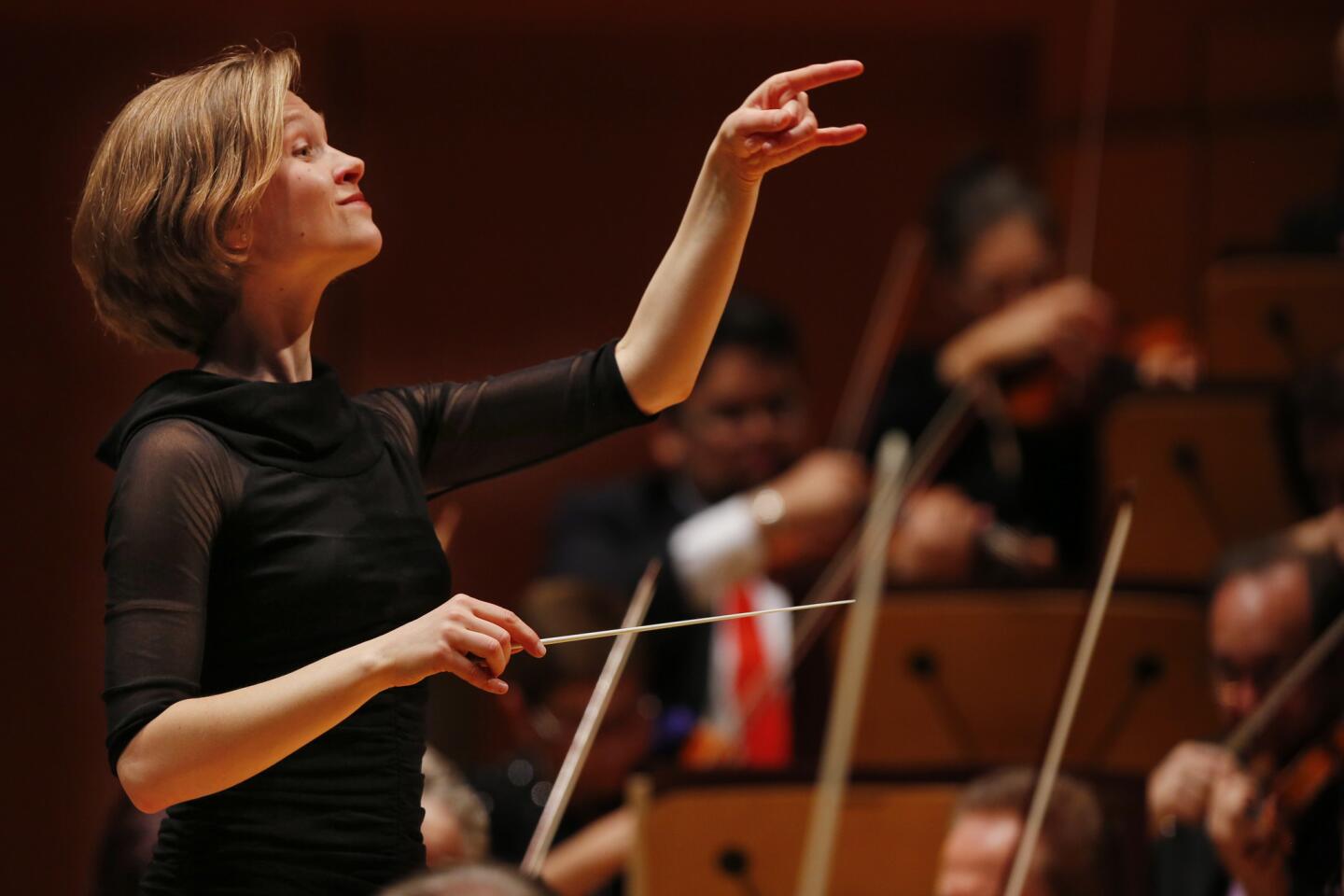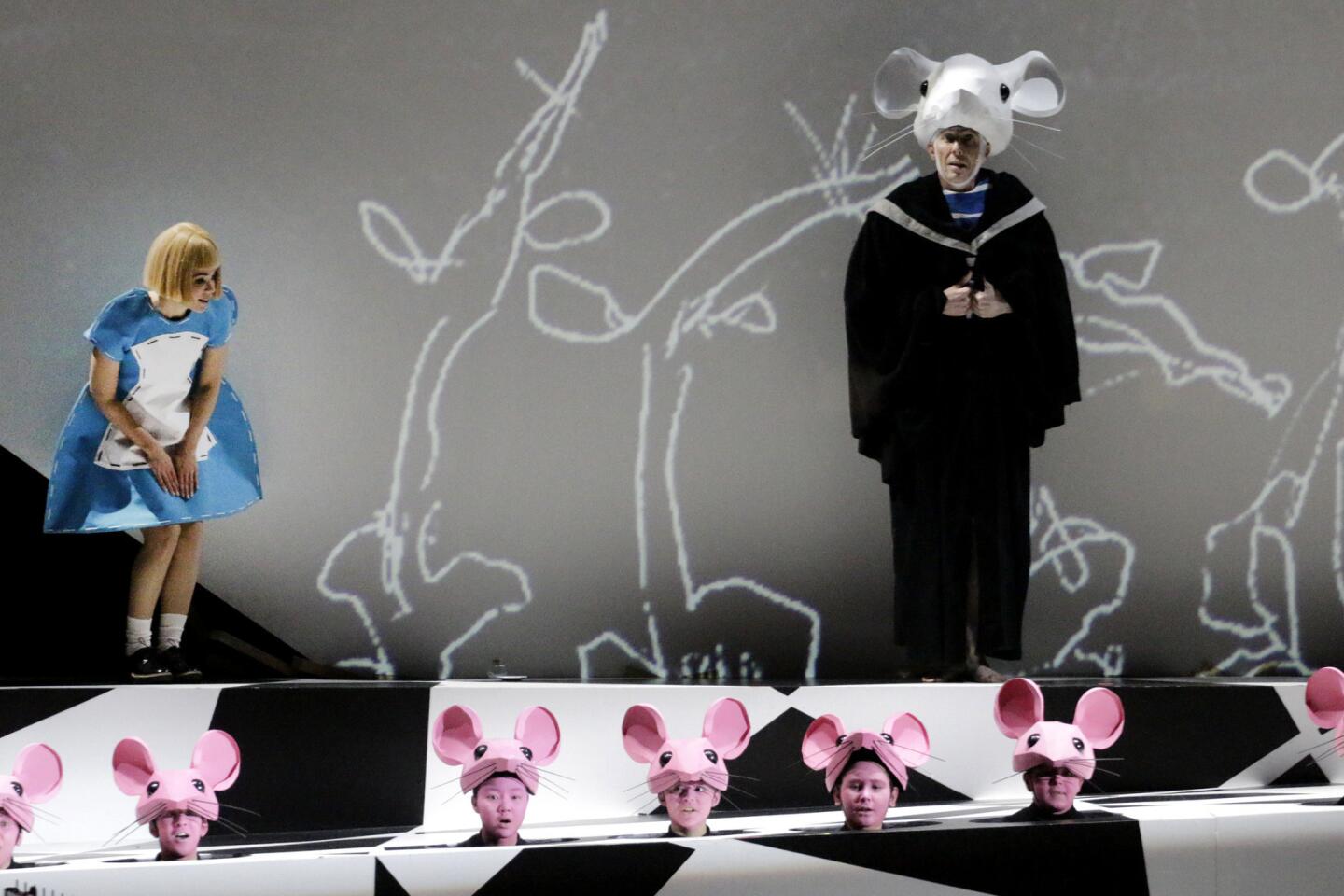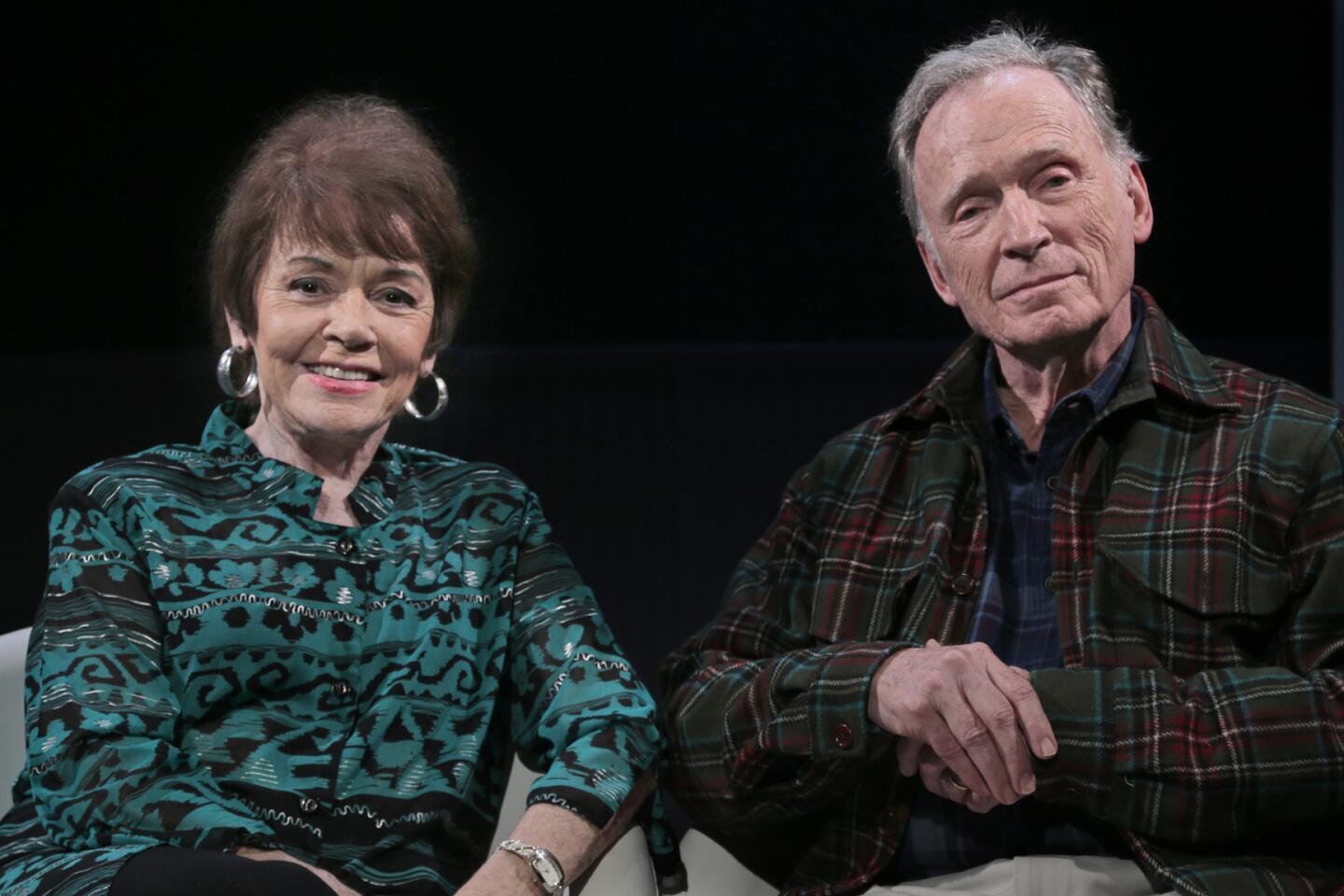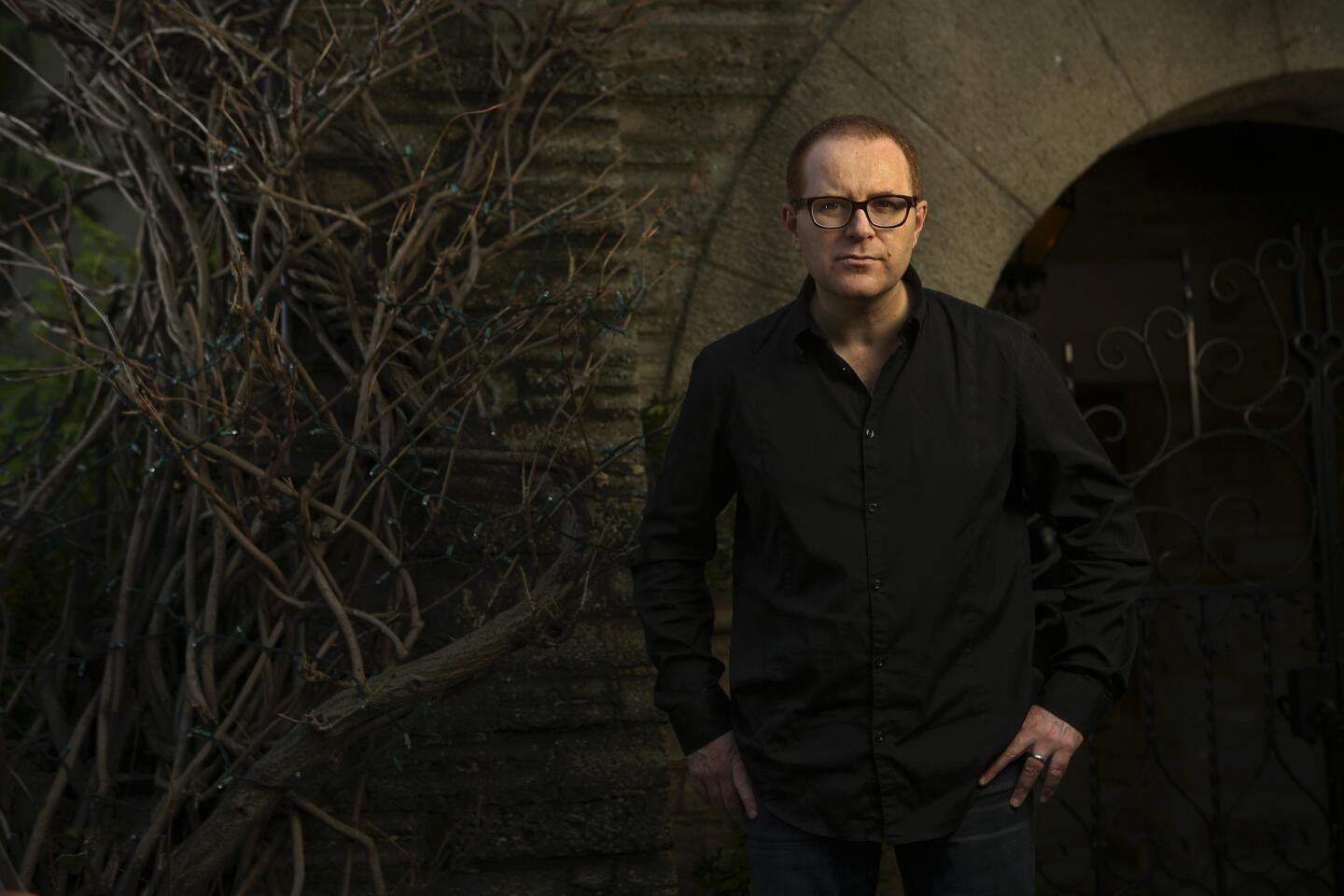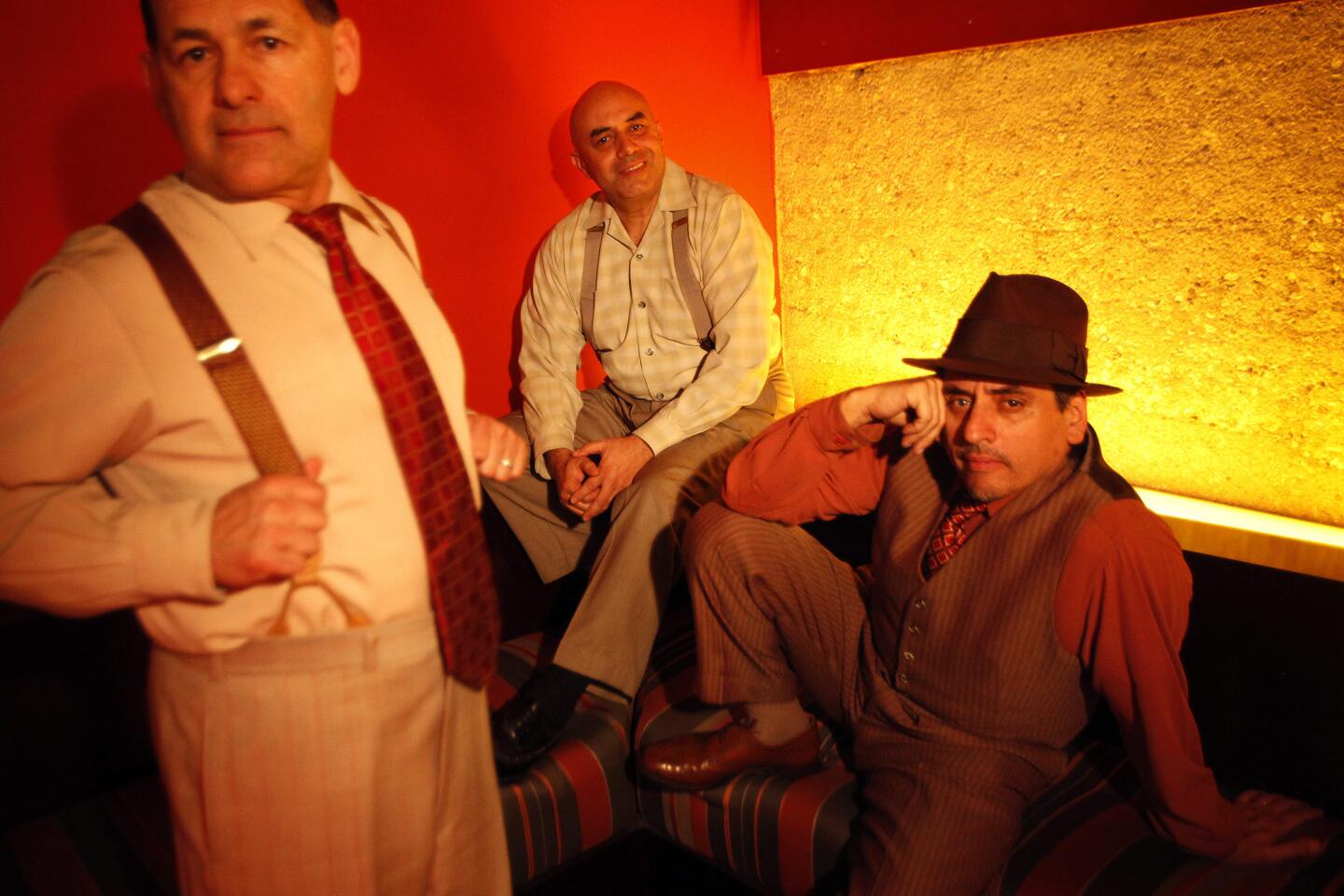It is an eternal, oft-noticed predicament that the old make the best connoisseurs of youth’s flawless beauty, whereas geezer experience has a special enticement for the young. Be generous, an aging composer in Paolo Sorrentino’s new movie, “Youth,” asks of a young actor when inquiring about his background. Be generous, the actor urges when wanting to know what it was really like to hang out with Stravinsky.
Gustavo Dudamel has made Mendelssohn’s First Symphony the major symphonic work of this week’s Los Angeles Philharmonic program. It was as if the once precocious, now highly experienced conductor were asking a composer who was young enough to be his son about the root of his own precocious genius.
That experienced conductor at Walt Disney Concert Hall on Thursday night may have been only 34, but he’s been around the block. Mendelssohn was 15 in 1824 when he wrote his Symphony No. 1 in C Minor, Opus 11.
SIGN UP for the free Essential Arts & Culture newsletter >>
This is not a standard repertory symphony. It hardly ever shows up on a concert program or recording unless it is part of a cycle of Mendelssohn’s five symphonies, and the L.A. Phil never got around to it until 2009, when James Conlon programmed the symphony as part of a Mendelssohn celebration.
We, instead, tend to hang on the romantic notion of a Mendelssohn emerging a fully formed great composer at 16 with his ravishingly beautiful Octet, followed the next year by the popular, perfected jubilation of his Overture to “A Midsummer Night’s Dream.”
1/28
When the Mariinsky Ballet performed “Cinderella” at the Dorothy Chandler Pavilion on Oct. 8, even the wondrous Diana Vishneva as Cinderella couldn’t bring unity to the movement, but she danced with flawless, fearless authority. Read more >>
(Lawrence K. Ho / Los Angeles Times) 2/28
Branden Jacobs-Jenkins leaves a rehearsal of his play “Appropriate,” opening Oct. 4 at the Mark Taper Forum, to eat first with a reporter, then later with his agent and some unspecified Hollywood people, who presumably hope to lure him away from the field and city where he has experienced meteoric success in the last five years. Read more >>
(Al Seib / Los Angeles Times) 3/28
Soprano Abigail Fischer performs Oct. 7 in the opera “Songs from the Uproar” at REDCAT in Los Angeles.
(Lawrence K. Ho / Los Angeles Times) 4/28
Moisés Kaufman’s muscular revival of “Bent,” which played at the Mark Taper Forum, opening on July 26, renders what many had written off as a parochial drama about the persecution of homosexuals in Nazi Germany into a gripping tale of love, courage and identity. Read review >>
(Luis Sinco / Los Angeles Times) 5/28
Malaviki Sarukkai performing at the Broad Stage in Santa Monica on July 19, 2015. Sarukkai is the best-known exponent of South Indian classical dance.
(Lawrence K. Ho / Los Angeles Times) 6/28
Bramwell Tovey conducts the L.A. Phil with pianist Garrick Ohlsson in Rachmaninoff’s Piano Concerto No. 3 at the Hollywood Bowl on July 14, 2015.
(Lawrence K. Ho / Los Angeles Times) 7/28
Argentine dancer Herman Cornejo performs in the West Coast premiere of “Tango y Yo” as part of the Latin portion of BalletNow.
(Michael Robinson Chavez / Los Angeles Times) 8/28
Jake Shears plays Greta in Martin Sherman’s play “Bent” at the Mark Taper Forum in Los Angeles through Aug. 23, 2015.
(Luis Sinco / Los Angeles Times) 9/28
Dancers rehearse a one-night-only performance choregraphed by Raiford Rogers, one of L.A.’s most-noted choreographers. This year the dance will be to a new original score by Czech composer Zbynek Mateju.
(Luis Sinco / Los Angeles Times) 10/28
Oscar-winning actor Ben Kingsley in Los Angeles on July 9, 2015.
(Al Seib / Los Angeles Times) 11/28
Mia Sinclair Jenness, left, Mabel Tyler and Gabby Gutierrez alternate playing the title role in the musical adaptation of Roald Dahl’s “Matilda” at the Ahmanson Theatre. The three are shown during a day at Santa Monica Pier on June 16, 2015.
(Christina House / For The Times) 12/28
American Contemporary Ballet Company members Zsolt Banki and Cleo Magill perform a dance routine originally done by Fred Astaire and Ginger Rogers. This performance was presented as part of “Music + Dance: L.A.” on Friday, June 19, 2015.
(Luis Sinco / Los Angeles Times) 13/28
Miguel, a Grammy-winning guitarist, producer, singer and lyricist, is photographed in San Pedro on Wednesday, June 10, 2015. His new album “Wildheart,” explores L.A.’s “weird mix of hope and desperation.”
(Christina House / For The Times) 14/28
Los Angeles-born artist Mark Bradford is photographed in front of “The Next Hot Line.” This piece is part of his show “Scorched Earth,” installed at the Hammer Museum in Westwood, June 11, 2015.
(Jay L. Clendenin / Los Angeles Times) 15/28
Paige Faure, center, plays Ella in “
Cinderella,” which opened at the Ahmanson Theater on March 18.
(Lawrence K. Ho / Los Angeles Times) 16/28
The Los Angeles Opera concluded its season with “The Marriage of Figaro,” with Roberto Tagliavini as Figaro and Pretty Yende as Susanna, at the Dorothy Chandler Pavilion.
(Lawrence K. Ho / Los Angeles Times) 17/28
“Trinket,” a monumental installation by Newark-born, Chicago-based artist William Pope.L, features an American flag that is 16 feet tall and 45 feet long. The work is on display at the Geffen Contemporary at MOCA through June 28.
(Luis Sinco / Los Angeles Times) 18/28
Conductor
Gustavo Dudamel’s contract with the Los Angeles Philharmonic has been extended to mid-2022.
(Lawrence K. Ho / Los Angeles Times) 19/28
Alex Knox, from left, Carolyn Ratteray, Lynn Milgrim and Paige Lindsey White in “Pygmalion” in spring 2015 at the Pasadena Playhouse.
(Mariah Tauger / For The Times) 20/28
On March 17, Google celebrated the addition of more than 5,000 images to its Google Street Art project with a launch party at the Container Yard in downtown Los Angeles.
(Michael Robinson Chavez / Los Angeles Times) 21/28
Los Angeles architect Jon Jerde, who was outspoken about his opinions on the
state of public space, died on
Feb. 9. The CityWalk at Universal Studios is among his famous designs.
(Christina House / For The Times) 22/28
Diana Vishneva as Princess Aurora in
American Ballet Theatre‘s production of “
Sleeping Beauty” that premiered at the Segerstrom Center for the Arts in March.
(Glenn Koenig / Los Angeles Times) 23/28
Los Angeles Philharmonic assistant conductor
Mirga Grazinyte-Tyla leads the orchestra in her first L.A. Phil subscription concert at Walt Disney Concert Hall on March 1 in a program of Mozart, Beethoven and Stravinsky.
(Jay L. Clendenin / Los Angeles Times) 24/28
Rachele Gilmore as Alice and Christopher Lemmings as Mouse with supernumeraries in “
Alice in Wonderland.” Susanna Malkki conducted the Los Angeles Philharmonic in this collaboration with the L.A. Opera at Walt Disney Concert Hall.
(Lawrence K. Ho / Los Angeles Times) 25/28
Marcia Rodd, left, and Dick Cavett reprise their roles in “
Hellman v. McCarthy,” a play inspired by actual events on “The Dick Cavett Show,” at Theatre 40 in February. The production starred Cavett as himself and Rodd as literary celebrity Mary McCarthy.
(Lawrence K. Ho / Los Angeles Times) 26/28
Irish playwright
Conor McPherson‘s latest play, “
The Night Alive,” ran at the Geffen Playhouse from Feb. 11 through March 15.
(Mel Melcon / Los Angeles Times) 27/28
Ric Salinas, left, Herbert Siguenza and Richard Montoya, of the three-man Latino theater group Culture Clash, brought their “Chavez Ravine: An L.A. Revival” to the Kirk Douglas Theatre to mark the group’s 30th anniversary. The play ran from Feb. 4 through March 1.
(Genaro Molina / Los Angeles Times) These appear to be unbelievable accomplishments without knowing this First Symphony, an imperfect score that was treated like a masterpiece in an extraordinarily graphic performance by Dudamel that went straight for the source of what would make Mendelssohn Mendelssohn. But the equally great value of a performance this convincingly good of immature music was in vivid appraisal of what would be still required to make Mendelssohn Mendelssohn.
The symphony is bursting with ideas that sound like no other composer, such as the honeyed melodies, the fairy-dancing scherzos and the build-up of energy to the flavorful bursting point. But the teen composer only partly knew what to do with any this. Sure, a showy fugue is impressive at the end, but why and wherefore? In the songful slow movement, Dudamel underscored rapt woodwind counterpoints that are easily ignored in the too-thick textures of a composer wanting to do it all. But they are sheer inspiration — inspiration he clearly didn’t realize he had.
The program, which might have seemed on paper one of Dudamel’s least imaginative, began with more 15-year-old Mendelssohn. There are slight hints of midsummer magic in the 10-minute “Overture for Harmoniemusik” for wind band before it enters into a spirited um-pah-pah mode. But every original idea is completed by a cliché.
The middle section of the evening was turned over to Bach’s two extant violin concertos, for which Dudamel used a very small string section and inaudible harpsichord (inaudible harpsichords being all the rage at concerts this fall). Gil Shaham brought his usual boyish enthusiasm to the solo tasks.
These concertos couldn’t be more familiar, although they are more commonly handled by chamber orchestras or period instrument ensembles. The chamber and early music approaches were honored. Tempos were brisk. Dudamel asked for lightness of touch and crisp rhythmic articulation consistent with our ideas of Baroque period practice.
Shaham’s playing was, as ever, gorgeous; his tone, creamily warm; his embellishments between sections, smoothly virtuosic and tasteful; his love for every Bachian turn of phrase made apparent. But he may have been overly agreeable. The lesson Mendelssohn would one day learn from Bach is that of musical implication. A good melody or theme is a very nice thing, but what you do with it is what matters. You want the pudding, and you want the proof.
Shaham was sensational with the pudding. Everything flowed with a slippery ease that suggested he had rubbed his bow with Vaseline rather than rosin. He played as one with the small orchestra, not in conversation with it, a tactic more useful in the E Major concerto than the A Minor.
Shaham’s new recording of Bach’s solo violin Sonatas and Partitas takes a more substantial attitude toward musical proof, with a great emphasis on articulation, architecture and development. But when sandwiching the concertos between more structurally awkward early Mendelssohn, Shaham may have worried about seeming pedantic. His generous display in this case, then, was not to show Bach’s exceptional rigor but the Bach who wrote with seeming natural ease. That is precisely what, in preciously record time, would become Mendelssohn’s most endearing trait as well.
